Rauza Sharif, Sirhind: Unveiling Punjab's Hidden Gem of Spiritual and Architectural Splendour
Exploring the Abode of Tranquility and Divine Grace: A Spiritual Journey to Rauza Sharif, Sirhind, the Magnificent Dargah of Shaikh Ahmad al-Faruqī al-Sirhindī, the Revered Sufi Saint of 16th Century.
Vibrant Punjab— where all religions coexist: In the vibrant state of Punjab, renowned for its lush green fields and the iconic Golden Temple in Amritsar, lies a hidden gem that exemplifies the rich religious and architectural heritage of the region - Rauza Sharif in the historical town of Sirhind. Nestled amidst the celebrated historical gurdwaras of Fatehgarh Sahib that commemorate the unparalleled martyrdom of the younger "sahibzadas," Rauza Sharif captivates travellers and pilgrims from around the world, offering a glimpse into the rich cultural tapestry of the land. Punjab's spiritual heritage is dotted by renowned gurdwaras, mandirs, and other 'tirathastans,' showcasing the sacred interconnectedness and coexistence that define the region.
Rauza Sharif stands as a testament to Punjab's tumultuous history, especially the events that unfolded when Banda Singh Bahadur ransacked Sirhind in 1710. During this time, the notorious Governor Wazir Khan, responsible for the martyrdom of the younger "sahibzadas," was beheaded, but Rauza Sharif was left untouched. This historical context challenges some of the skewed narratives that portray Banda Singh Bahadur's “Sirhind Fateh Mission” as anti-Islamic, highlighting the nuanced nature of history.
Sheikh Sirhindi— the Sufi Saint: Dedicated to Sheikh Ahmad Faruqi Sirhindi, a revered Sufi Saint and scholar, Rauza Sharif resonates with the profound teachings that he imparted during the 16th and 17th centuries. Sheikh Sirhindi, a prominent Sunni scholar, played a significant role in the revival of Sufism and the promotion of Islamic teachings in India during his time. His spiritual legacy intertwines with the historical significance of Punjab's revered gurdwaras, creating a remarkable tapestry of shared devotion and reverence.
Royal Mughal Patronage: Constructed in 1623 AD under the patronage of Mughal Emperor Jahangir and his wife, Noor Jahan, Rauza Sharif stands as a testament to the deep reverence they held for Sheikh Sirhindi and his teachings. Over the years, the shrine has evolved into a splendid complex, attracting pilgrims seeking solace, blessings, and spiritual enlightenment. Ordinary pilgrims as well as dignitaries from far and wide, especially Sunni Muslims, including Afghanistan, Iraq, Pakistan, and other parts of the world, have paid obeisance at this sacred shrine, further highlighting its significance beyond India's borders.
Architecture: Architecturally, Rauza Sharif exemplifies the fusion of Mughal and indigenous styles. The main mausoleum, an architectural marvel, boasts intricate marble and tile work, with delicate carvings, mesmerizing calligraphy, and geometric designs adorning the interior walls. Within the mausoleum, the cenotaph of Sheikh Sirhindi, draped in a green cloth symbolizing Sufism, assumes a place of utmost reverence.
Mosque and Prayer Hall: Rauza Sharif's serene courtyard embraces visitors, while scattered smaller graves within the complex pay homage to notable individuals intertwined with the shrine's history. The complex features prayer halls, a mosque, and residential quarters, all designed to accommodate devotees during significant religious festivities and occasions.
Non-Muslims are Welcome: Totally fortuitously, I happened to visit the shrine on a Friday afternoon, a little before the midday prayers (Jumma ki namaz), and the complex was brimming with devotees, men, women and children. Although I did not formally join the “namaaz” in the mosque, yet I was welcomed by one and all, in spite of being easily recognizable as a Sikh. A few “amritdhari sikhs” were also seen in the complex, bearing a testimony to Punjab’s unique respect for the holy places of all faiths.
Leitmotif of the Spiritual Punjab: Rauza Sharif, alongside Punjab's renowned gurdwaras, weaves a captivating narrative of spirituality, history, and architectural grandeur. Embarking on a transformative odyssey through Punjab's sacred sites allows one to unlock the doors to a profound spiritual experience and leave an indelible mark on the soul. Discover the sanctity and marvel at the architectural splendor of Rauza Sharif, apart from the “must-visit” revered Golden Temple at Amritsar and other historical gurudwaras, where Punjab's illustrious past and vibrant culture converge, inspiring and uplifting all who seek divine connection and cultural enlightenment.
Punjab has a Rich Culture, not just agriculture: Delve into the essence of Punjab's spiritual legacy, where hidden gems like Rauza Sharif await, offering solace, inspiration, and an unforgettable pilgrimage of the heart. Experience the profound interconnectedness of these sacred sites, which together illuminate the cultural and religious tapestry of Punjab, inviting you to embrace the divine spirituality and architectural splendor that lie within. Punjab— the Land of Five Rivers— beckons you.
There’s no other state like Punjab: My visit to Rauza Sharif not only awakened a sense of awe and reverence within me but also ignited a deep emotional connection to Punjab's vibrant past. It was a testament to the enduring spirit of the people and their unwavering devotion to their roots. Punjab, with its rich and diverse culture, had once again revealed itself to me, reaffirming its status as a land of spiritual enlightenment and cultural magnificence.
Parting Note: As I bid farewell to Rauza Sharif, my heart filled with gratitude for a wonderful experience and memories that would last for a long time. I left with a renewed appreciation for Punjab's heritage, a heritage that resonates with the spiritual seeker in all of us and inspires us to embrace the beauty of diversity and the power of faith.




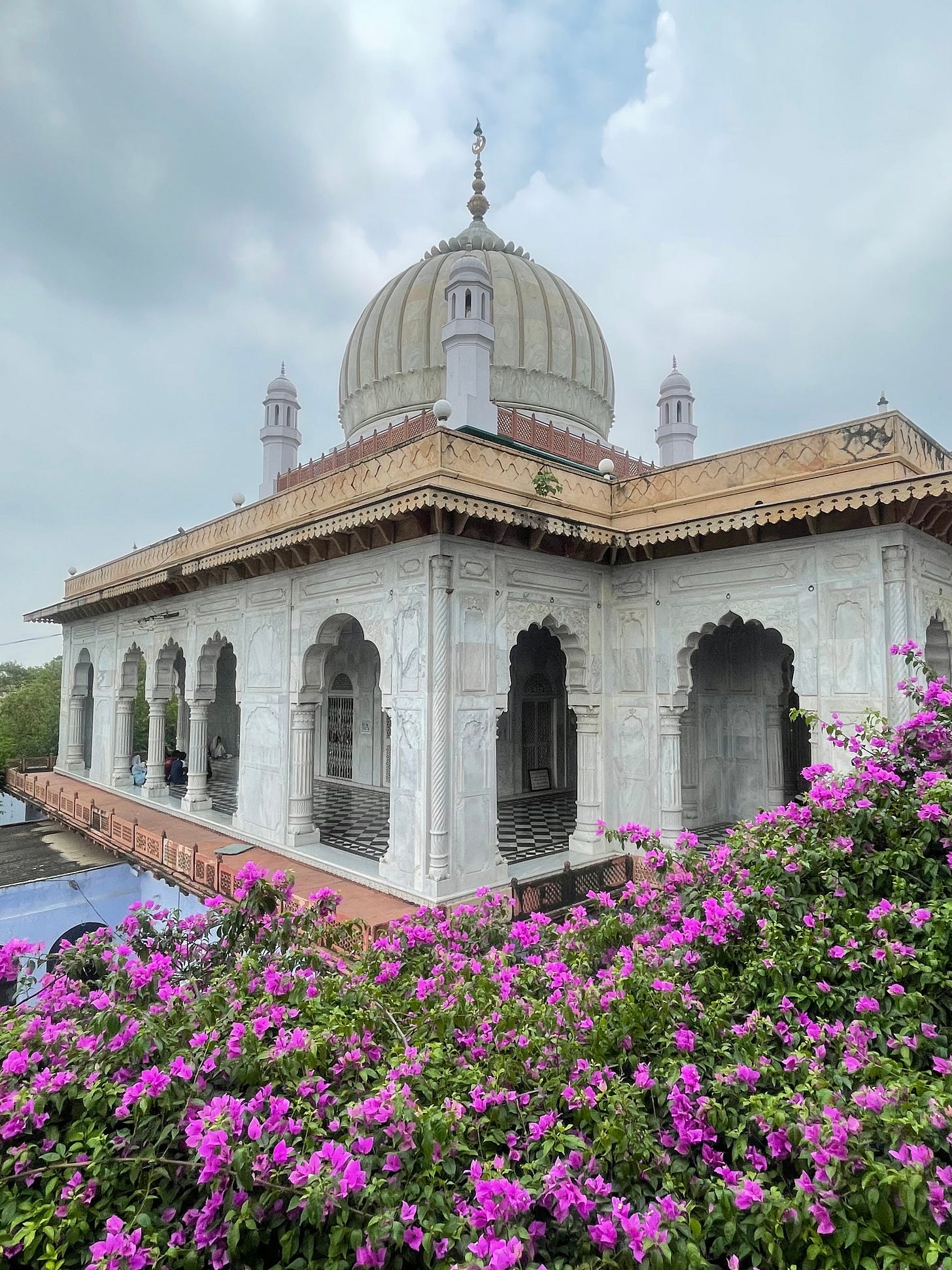
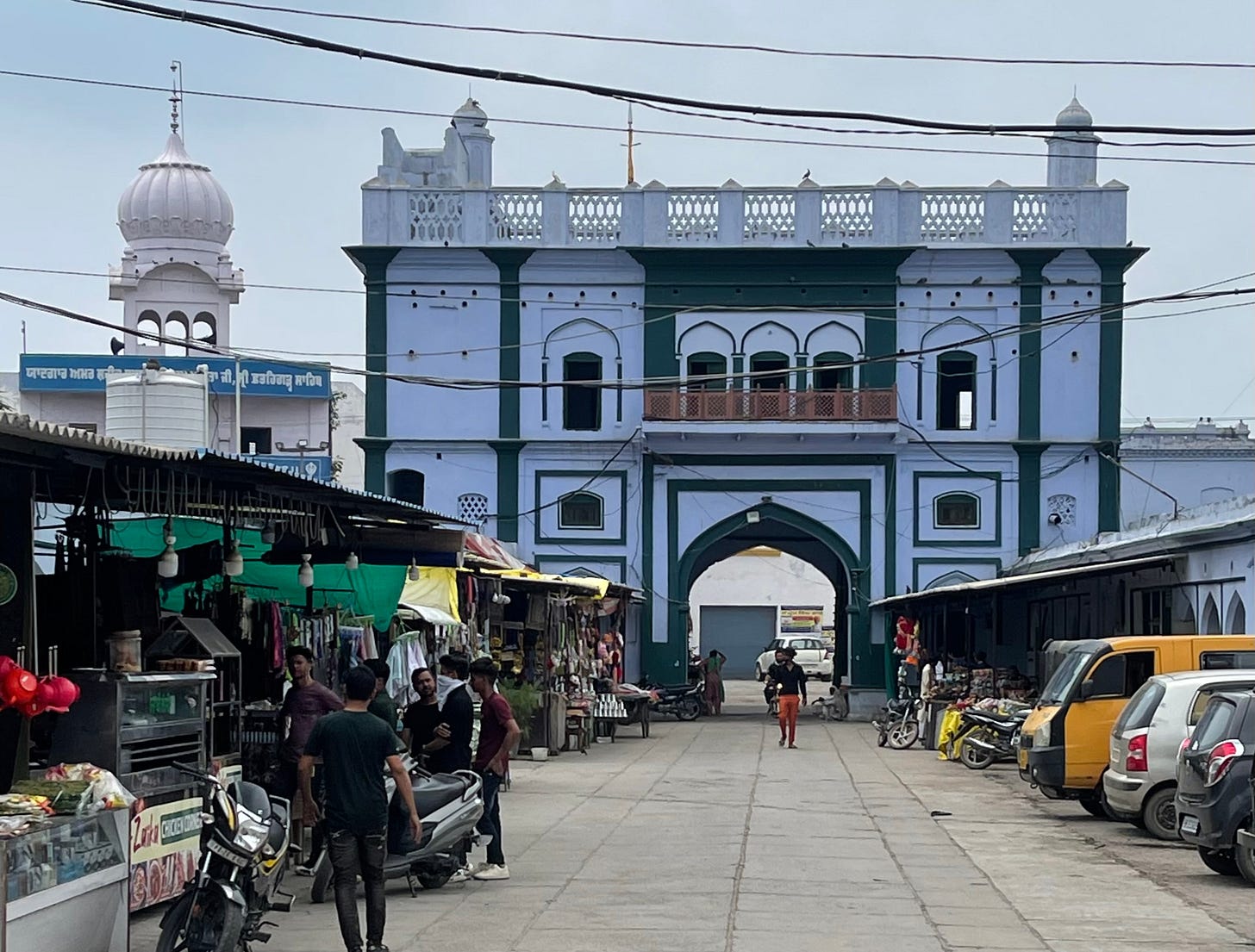
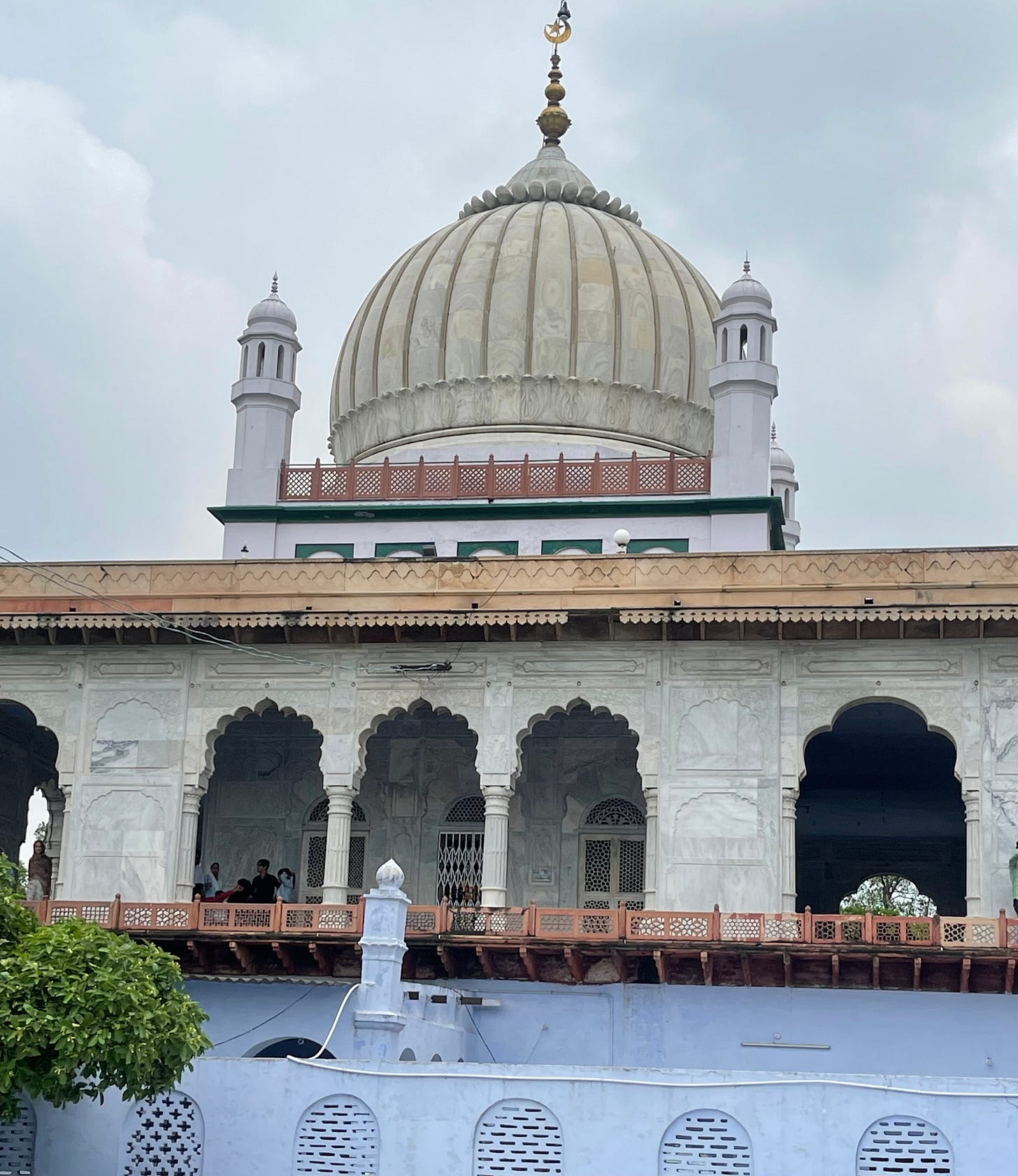
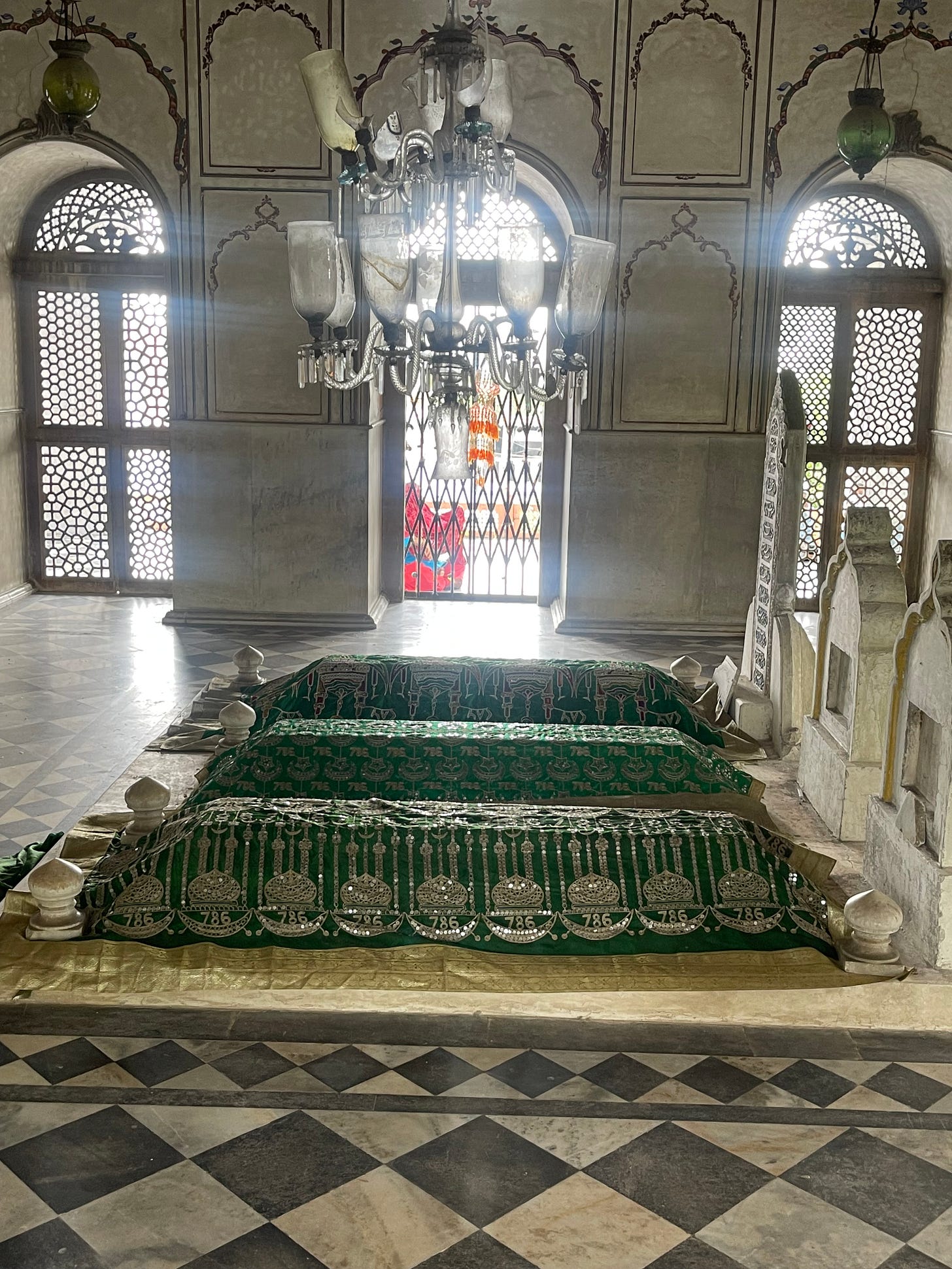

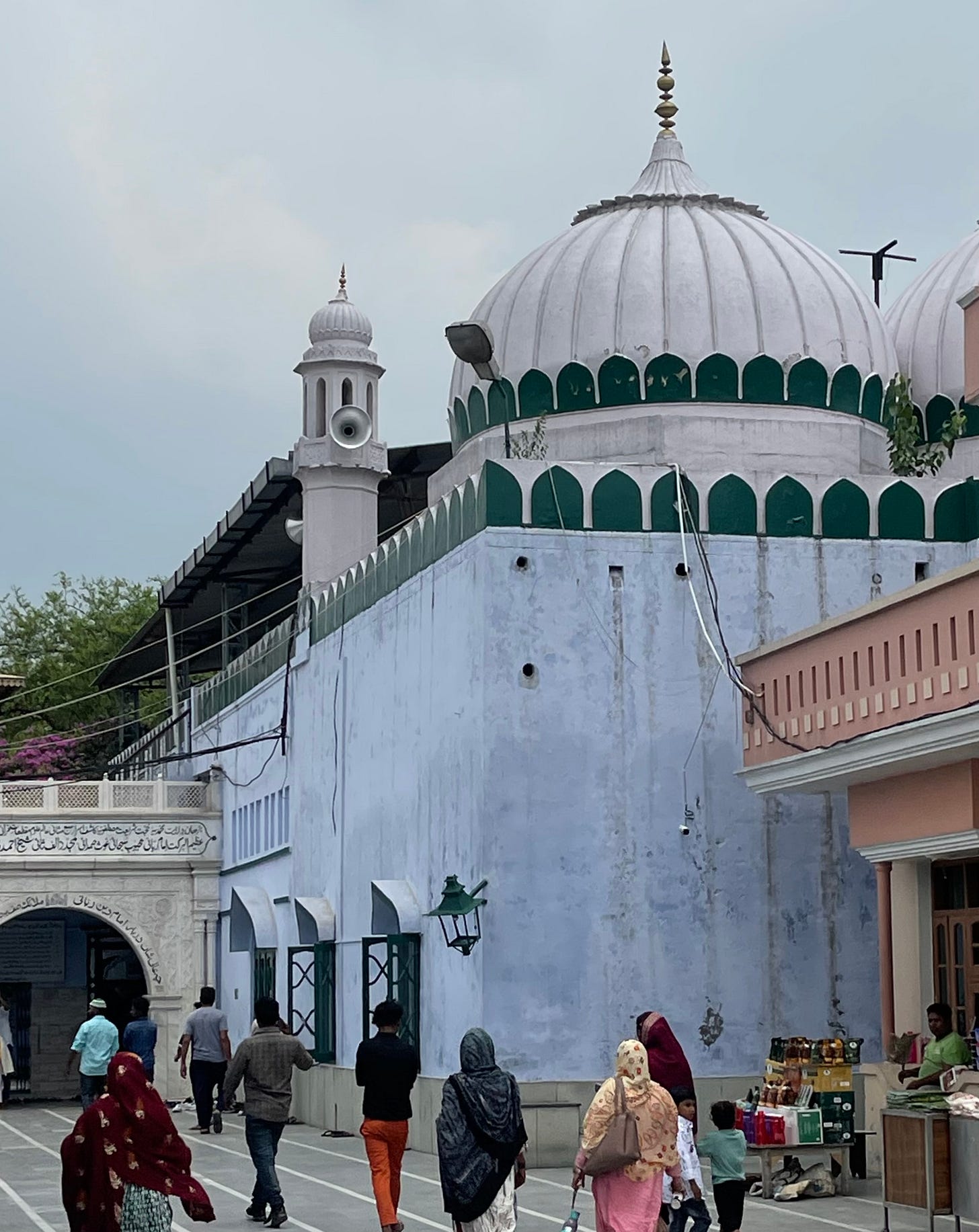
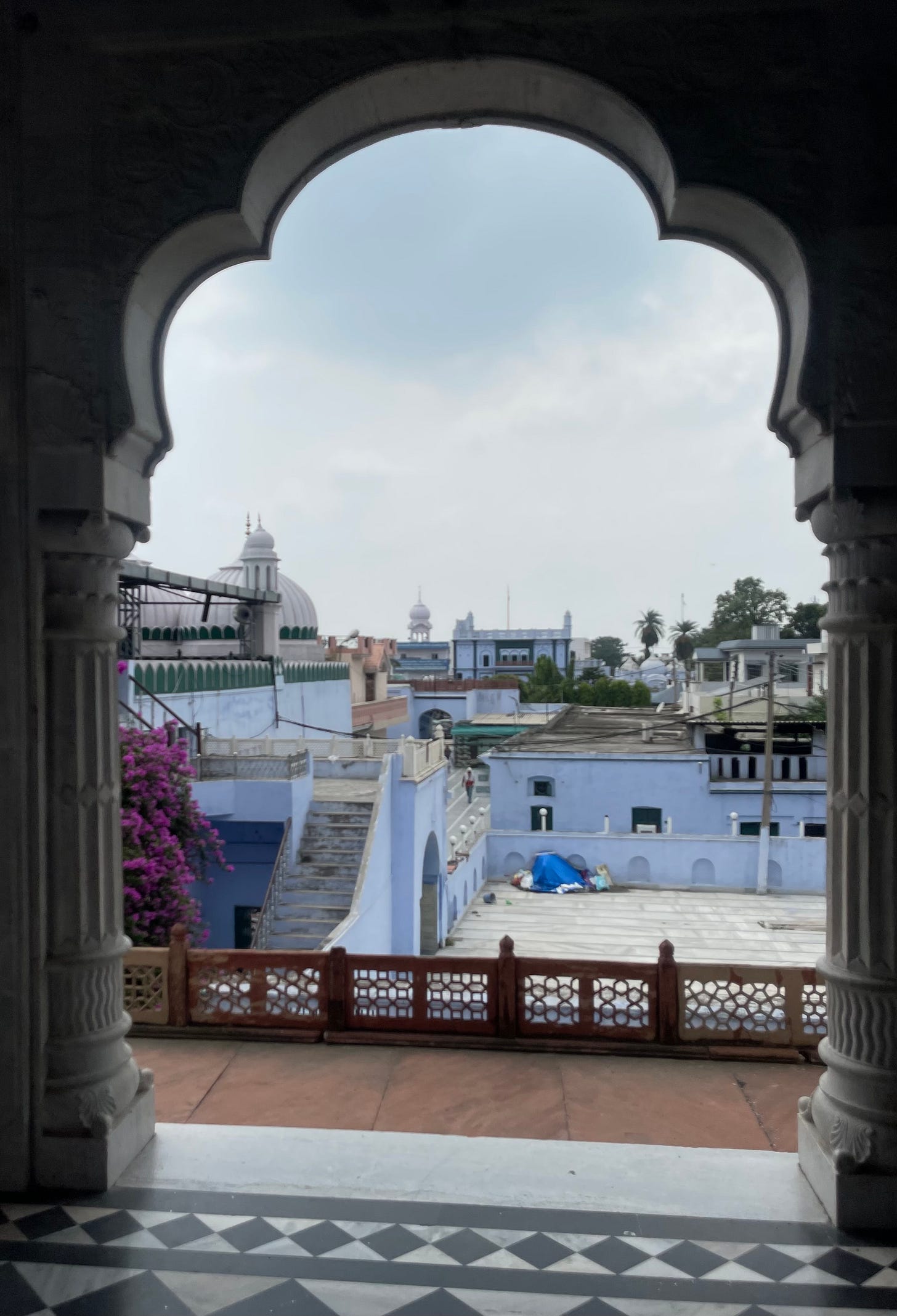

Eliza Sharif in true words offering solace, inspiration and unforgettable pilgrimage .It illuminates the cultural and religious tapestry of Punjab .
After reading your article I became emotional and it touched my heart . I visited this place in 1962 with your papa . Those days are unforgettable . 👍🏼🙏🙏
Very informative, emotionalized write up depicting history and cultural heritage of punjab. I visted this place many times but without going through its background. I am enlightened with this write up 🙏🙏